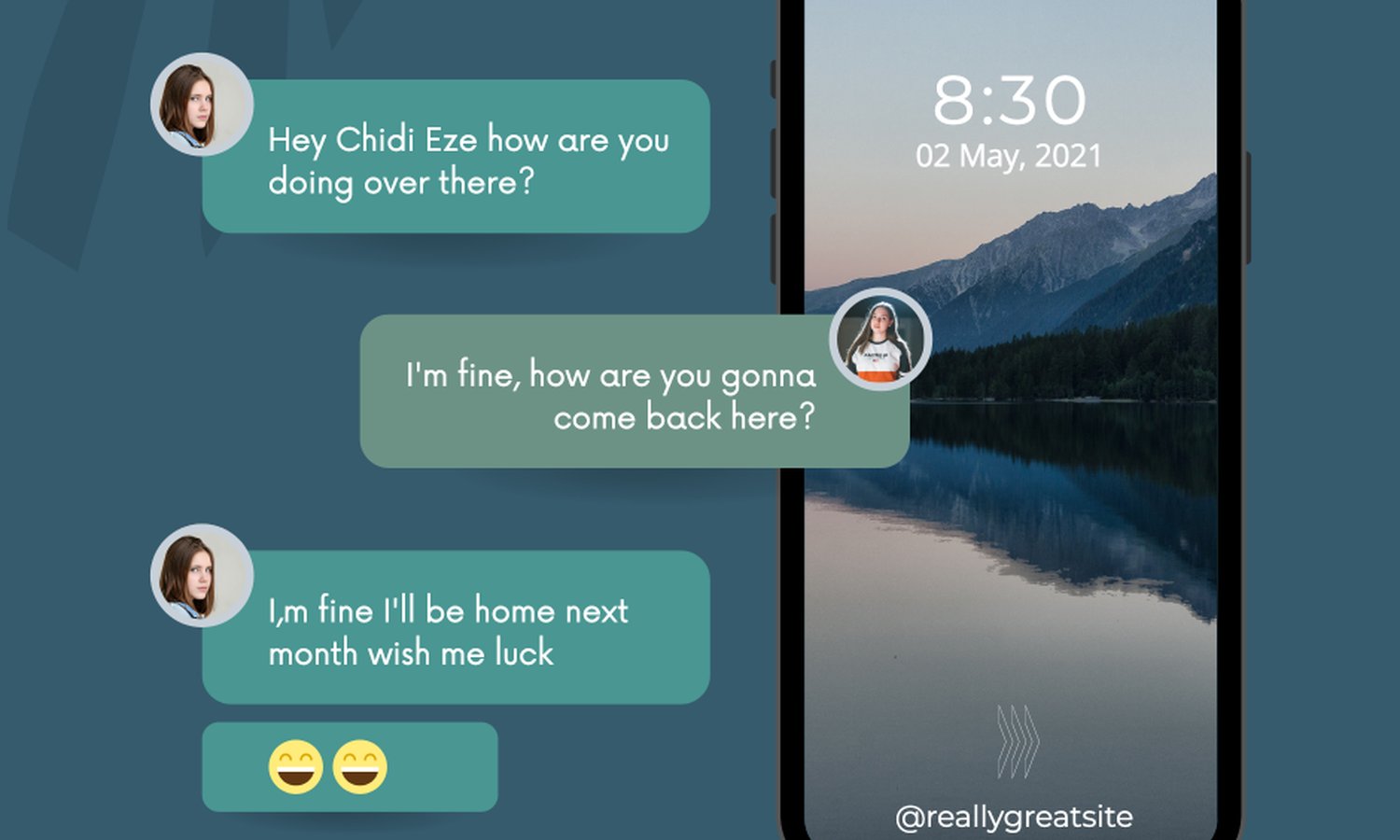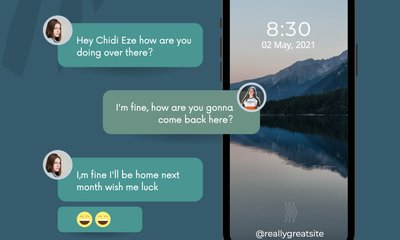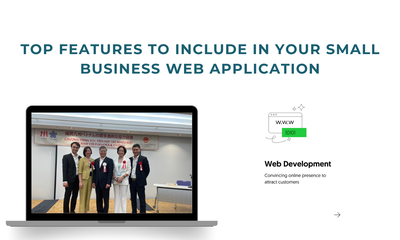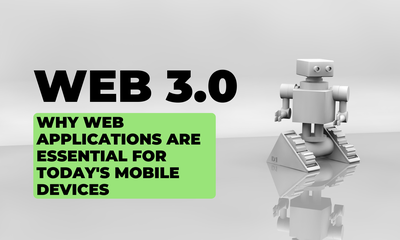中小企業向けウェブアプリケーションにおける通知の利点
By hientd, at: 2023年7月13日14:22
Estimated Reading Time: __READING_TIME__ minutes


小規模ビジネスWebアプリケーションにおける通知のメリット
競争の激しいデジタル環境において、スタートアップや小規模企業は、顧客を効果的にエンゲージするためのあらゆる機会を活用する必要があります。そのための強力なツールの一つが通知です。これはユーザーコミュニケーション/エクスペリエンスを大幅に向上させ、望ましい行動を促進します。この記事では、小規模ビジネスWebアプリケーションにおける通知のメリットを探り、様々な種類の通知について説明し、実装のためのベストプラクティスを提供し、一般的な例外ケースとヒントを取り上げます。
1. はじめに
小規模ビジネスWebアプリケーションは、ユーザーとのつながりを維持するために、ますます通知を活用しています。通知は、ユーザーのデバイスに配信される短いメッセージであり、タイムリーな更新、アラート、またはリマインダーを提供します。通知を活用することで、企業はユーザーと効果的にコミュニケーションを取り、パーソナライズされたエクスペリエンスを作成し、ユーザーエンゲージメントを促進することができます。
2. 通知の重要性
2.1 ユーザーエンゲージメントの向上
通知は、ユーザーをエンゲージするための強力なツールです。企業は、通知を通じて直接オーディエンスにリーチし、貴重な情報やインセンティブを提供できます。関連性がありタイムリーな通知を送信することで、企業はユーザーの注意を引きつけ、Webアプリケーションとのインタラクションを促すことができます。
シンプルなユースケース:注文が正常に届けられた場合、配送について通知し、レビューを求める確認通知がユーザーに(電話/Webアプリ経由で)送信されます。
2.2 顧客維持率の向上
通知は顧客維持に役立ちます。パーソナライズされたターゲットメッセージを送信することで、企業はユーザーに新機能、プロモーション、または更新情報を知らせることができます。この継続的なコミュニケーションは、ブランドロイヤルティの構築に役立ち、ユーザーがアクティブでエンゲージした状態を維持するよう促します。
シンプルなユースケース:ユーザーの誕生日に無料ギフトまたはクーポンを提供する通知メッセージが送信されます。これは大きな意味を持つ場合があります。
2.3 ユーザー行動の促進
通知は、ユーザー行動の触媒となる可能性があります。説得力のある行動喚起メッセージを使用することで、企業はユーザーに購入、フォームの記入、アンケートへの参加などの望ましい行動を促すことができます。通知は、ユーザーエンゲージメントを促進するための効果的なリマインダーおよび促しとして機能します。
3. 通知の種類
企業がユーザーと効果的にコミュニケーションを取るために活用できる様々な種類の通知があります。一般的な通知の種類をいくつか見てみましょう。
3.1 プッシュ通知
プッシュ通知は、ユーザーがWebアプリケーションをアクティブに使用していない場合でも、ユーザーのデバイスに送信されるメッセージです。これらの通知は、デバイスの画面にアラートまたはバナーとして表示され、ユーザーの注意をすぐに引きつけます。プッシュ通知は、時間制約のある情報または更新を送信するのに最適です。
3.2 アプリ内通知
アプリ内通知は、Webアプリケーション自体内に表示されます。これらは、ユーザーがアプリケーションをアクティブに使用している間に、コンテキスト情報ユーザーに提供します。アプリ内通知は、パーソナライズされたメッセージの配信、新機能の強調表示、またはユーザーアクティビティの更新に使用できます。
3.3 メール通知
メール通知は、ユーザーのメールアドレスに送信されます。これは、Webアプリケーションを開いていないか、デバイスをアクティブに使用していないユーザーにリーチする効果的な方法です。メール通知は、トランザクションの更新、アカウントの通知、ニュースレターなど、より詳細な情報を提供できます。
よく知られているサービス:Mailchimp、SendGrid
3.4 SMS通知
SMS通知は、ユーザーのモバイルデバイスに直接テキストメッセージとして送信されます。これらは、すぐに注意が必要な短くて簡潔なメッセージを送信するのに特に役立ちます。SMS通知は、アラート、リマインダー、または確認コードを送信するために使用できます。
よく知られているサービス:TextMagic、Twillio
4. 小規模ビジネスWebアプリケーションにおける通知のメリット
小規模ビジネスWebアプリケーションに通知を実装すると、いくつかの重要なメリットがあります。
4.1 リアルタイムコミュニケーション
通知は、企業とユーザー間のリアルタイムコミュニケーションを可能にします。重要な更新または時間制約のある情報を配信するためのインスタントで直接的なチャネルを提供します。リアルタイムコミュニケーションはユーザーエクスペリエンスを向上させ、Webアプリケーションへの信頼を構築します。
4.2 パーソナライズされたユーザーエクスペリエンス
通知により、企業はユーザーにパーソナライズされたエクスペリエンスを提供できます。ユーザーベースをセグメント化し、ターゲットメッセージを作成することで、企業は各ユーザーに関連性のある、そして調整されたコンテンツを提供できます。パーソナライズされた通知は、ユーザーに価値を感じさせ、全体的なエクスペリエンスを向上させます。
4.3 顧客関係管理
通知は、顧客関係管理(CRM)において重要な役割を果たします。タイムリーな更新と関連情報を通じてユーザーとの関係を育むことで、企業は顧客との絆を強化できます。通知による効果的なCRMは、顧客満足度とロイヤルティの向上につながります。
4.4 コンバージョン率の向上
通知は、コンバージョン率を向上させる可能性があります。明確な行動喚起を伴う巧みに作成されたメッセージを送信することで、企業はユーザーを望ましい行動へと導くことができます。購入、サービスへのサインアップ、フォームの記入のいずれであっても、通知はコンバージョンを促進し、ビジネスの成長に貢献します。
5. 通知実装のベストプラクティス
通知を最大限に活用するために、小規模企業は以下のベストプラクティスに従う必要があります。
5.1 ユーザーベースのセグメンテーション
ユーザーベースをセグメント化することで、企業は特定のユーザーグループにターゲットを絞った通知を送信できます。ユーザーをその好み、行動、または人口統計に基づいて分類することで、企業は通知が各セグメントにとって関連性があり、価値のあるものであることを保証できます。
例:ヨーロッパとアジアのユーザーは、異なる歓迎通知メッセージスタイル/トーンを受け取ります。
5.2 魅力的なメッセージの作成
通知のコンテンツは、ユーザーの注意を引く上で重要な役割を果たします。企業は、好奇心を刺激したり、価値を提供したりする魅力的で簡潔なメッセージを作成することに時間をかける必要があります。魅力的なメッセージは、ユーザーの行動を促進し、肯定的な反応を生み出す可能性が高くなります。
5.3 最適なタイミングの設定
通知を送信するタイミングは重要です。企業は、ユーザーのタイムゾーン、好み、および行動を考慮して、通知を送信するための最適なタイミングを決定する必要があります。適切なタイミングで通知を送信すると、ユーザーがそれらに気づき、エンゲージする可能性が高まります。
例:システムがヨーロッパの顧客に12月23日23時55分(GMT+2)にクリスマスイベントの通知を送信した場合、アジアの顧客(例:ベトナム)は12月24日4時44分(GMT+7)にそれを受け取ることになります。これは意味がありません。
5.4 明確な行動喚起の提供
すべての通知には、明確な行動喚起が必要です。クリックするボタン、記入するフォーム、またはフォローするリンクのいずれであっても、企業はユーザーが行動を起こすための簡単な方法を提供する必要があります。明確な行動喚起は曖昧さを排除し、ユーザーが簡単に対応できるようにします。
6. 例外ケースとヒント
通知を実装する際には、企業は以下の例外ケースとヒントを考慮する必要があります。
6.1 解除の処理
ユーザーは、通知を解除するオプションを持つ必要があります。解除リンクまたはオプトアウトメカニズムを含めることは、ユーザーの好みを尊重し、不要な通知でユーザーを圧倒することを回避します。
6.2 周波数の管理
通知の周波数の適切なバランスを見つけることが重要です。通知を多く送信しすぎると、ユーザーをイライラさせ、解除やネガティブなエクスペリエンスにつながる可能性があります。一方、通知が少なすぎると、ユーザーがWebアプリケーションのことを忘れてしまう可能性があります。ユーザーエンゲージメントを定期的に分析し、通知の周波数を適宜調整します。
6.3 A/Bテスト
A/Bテストは、通知を最適化するための貴重な手法です。異なるメッセージ、視覚要素、または行動喚起など、異なるバリエーションの通知を試すことで、企業は最も効果的なアプローチを特定できます。A/Bテストは、通知の影響と有効性を継続的に改善するのに役立ちます。
6.4 ユーザー設定の活用
ユーザーが通知の設定をカスタマイズできるようにすると、エクスペリエンスを向上させることができます。通知の種類、優先配信チャネル、または頻度を選択するオプションを提供することで、ユーザーはエンパワーされ、最も価値のある情報を受け取ることができます。
7. まとめ
通知は、小規模ビジネスWebアプリケーションにとって大きなメリットがあります。これらは効果的なコミュニケーションを可能にし、ユーザーエンゲージメントを高め、望ましい行動を促進します。ベストプラクティスを実装し、例外ケースを考慮することで、企業は通知を活用してパーソナライズされたエクスペリエンスを作成し、顧客関係を強化し、コンバージョンを促進できます。全体的なWebアプリケーション戦略の一部として通知を取り入れることは、小規模企業の成長と成功に貢献します。
8. FAQ
-
通知はユーザーの好みに基づいてパーソナライズできますか? はい、通知はユーザーベースをセグメント化し、特定のユーザーグループにターゲットを絞ったメッセージを送信することでパーソナライズできます。パーソナライズはユーザーエクスペリエンスを向上させ、通知の効果を高めます。
-
小規模企業はどのくらいの頻度で通知を送信する必要がありますか? 通知の頻度は慎重に管理する必要があります。通知を多く送信しすぎるとユーザーを圧倒する可能性があり、通知が少なすぎるとユーザーがWebアプリケーションのことを忘れてしまう可能性があります。ユーザーエンゲージメントを定期的に分析し、頻度を適宜調整します。
-
プッシュ通知は最も効果的な通知の種類ですか? 通知の種類の効果は、ターゲットオーディエンスやWebアプリケーションの性質など、さまざまな要因によって異なります。プッシュ通知は、時間制約のある情報を配信するのに効果的ですが、アプリ内通知はアクティブな使用中にコンテキスト情報を提供します。ビジネスとそのユーザーの具体的な要件と好みを考慮することが重要です。
-
企業はどのように通知の影響を測定できますか? 企業は、ユーザーエンゲージメント、クリック率、コンバージョン率、顧客フィードバックなどの指標を分析することにより、通知の影響を追跡できます。これらの指標を監視することで、通知の効果を理解し、データに基づいた改善を行うことができます。
-
ユーザーが通知を解除した場合、企業は何をするべきですか? ユーザーの好みを尊重し、通知を簡単に解除できるようにします。解除リンクまたはオプトアウトメカニズムを含めることで、ユーザーは受信する通知を制御できます。解除率を監視することで、通知戦略の効果に関する洞察を得ることもできます。
小規模ビジネスWebアプリケーションに通知を取り入れるには、慎重な計画、戦略、および継続的な最適化が必要です。ベストプラクティスに従い、ユーザーフィードバックに注意を払うことで、企業は通知の力を活用して成長と成功を促進できます。





